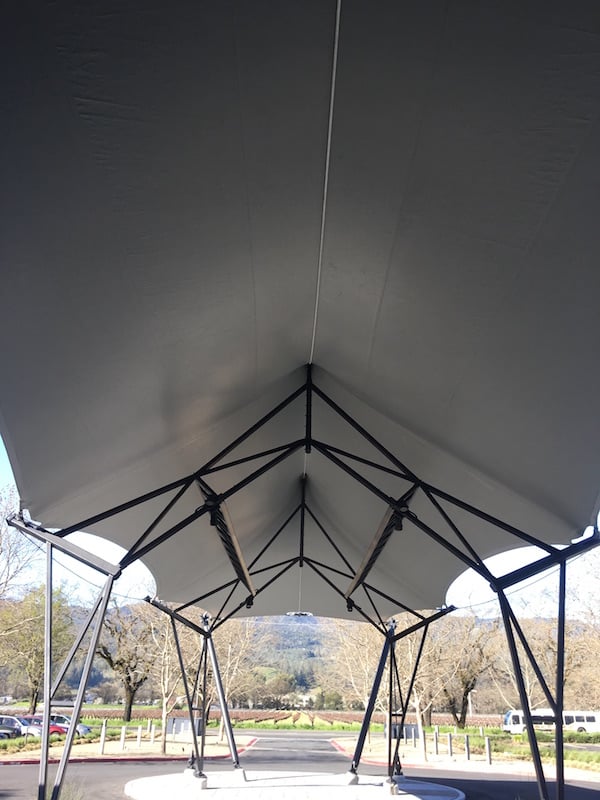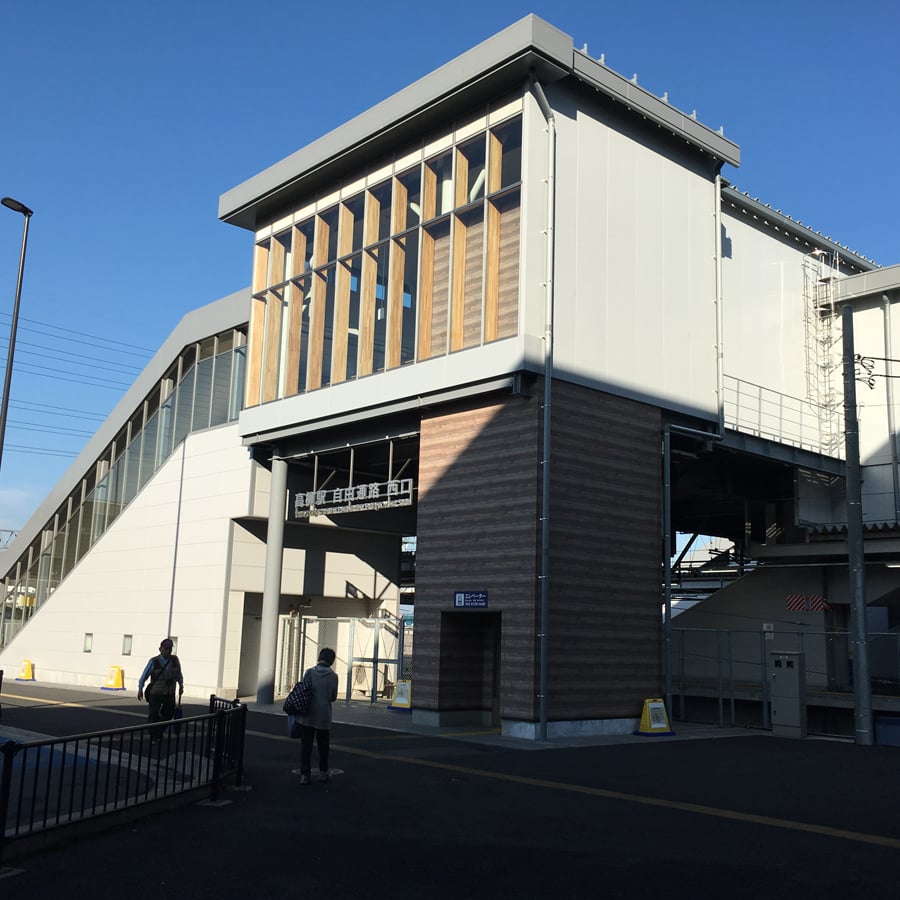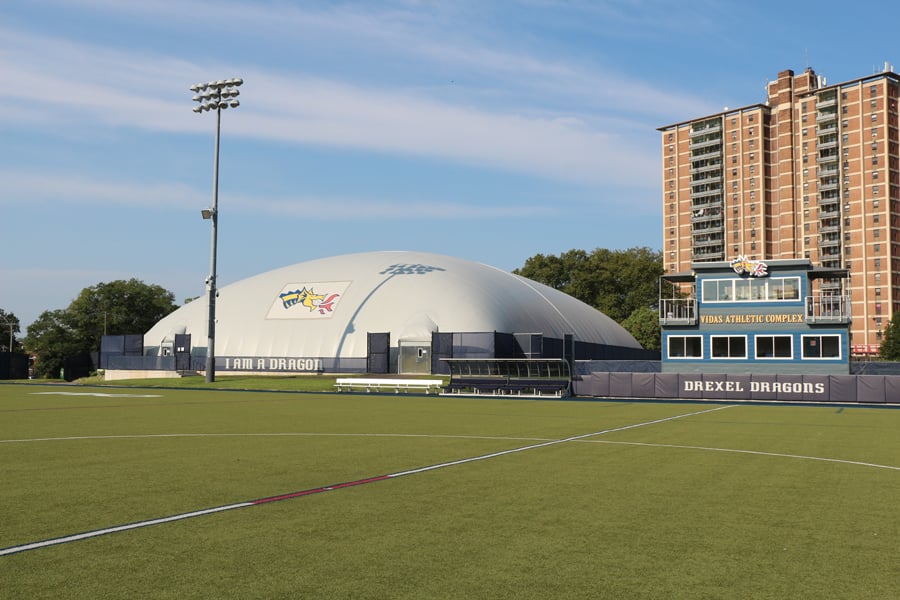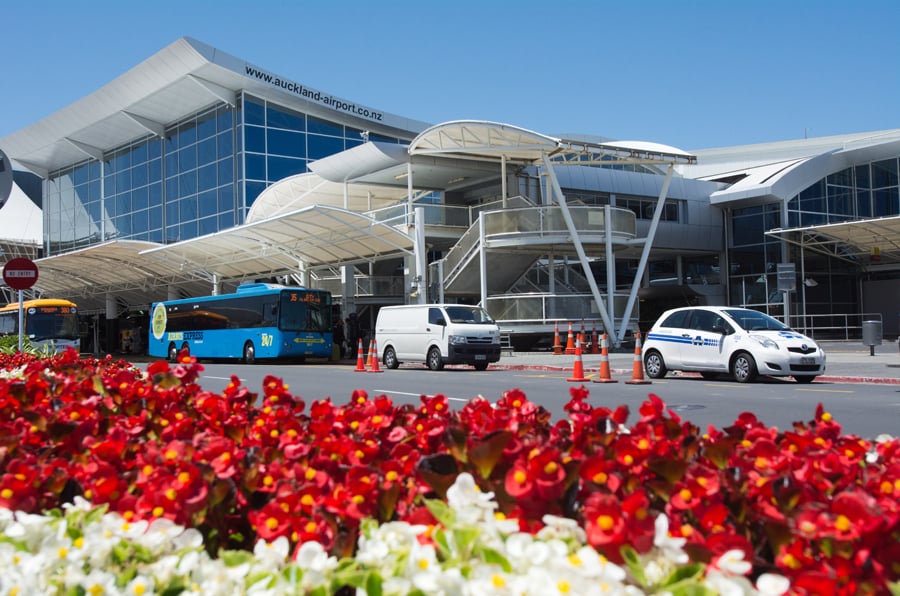
September 22, 2020
Tedlar® Film Helps Architectural Structures Stand the Test of Time
Used as a laminate for architectural fabrics, metals and other materials, this film helps protect against dirt, weathering, fading, and more.
Sponsored by:

“We believe that architects and designers should not only be concerned about how a building looks when it is new, but also how it looks as it ages,” says Frank Bradenburg, business director for architectural fabrics at Seaman Corporation. “They certainly don’t want one of their projects to look dirty and shabby in a few years, because their name stays on that project for the life of the building. That’s why for us it’s important that we collaborate with DuPont™ Tedlar®.”
Bradenburg is explaining why the company’s bespoke Shelter-Rite® architectural fabrics; are laminated with invisible Tedlar® polyvinyl fluoride (PVF) film created by DuPont that provides durable, long-lasting protection to any number of physical surfaces.
Seaman has used the product on projects of various scales and typologies, ranging from sports facilities to entertainment arenas. Striking examples include a large passenger shelter at Auckland Airport in New Zealand and a dramatic entrance canopy outside the Prisoner Wine headquarters at their renovated Franciscan Winery in California.
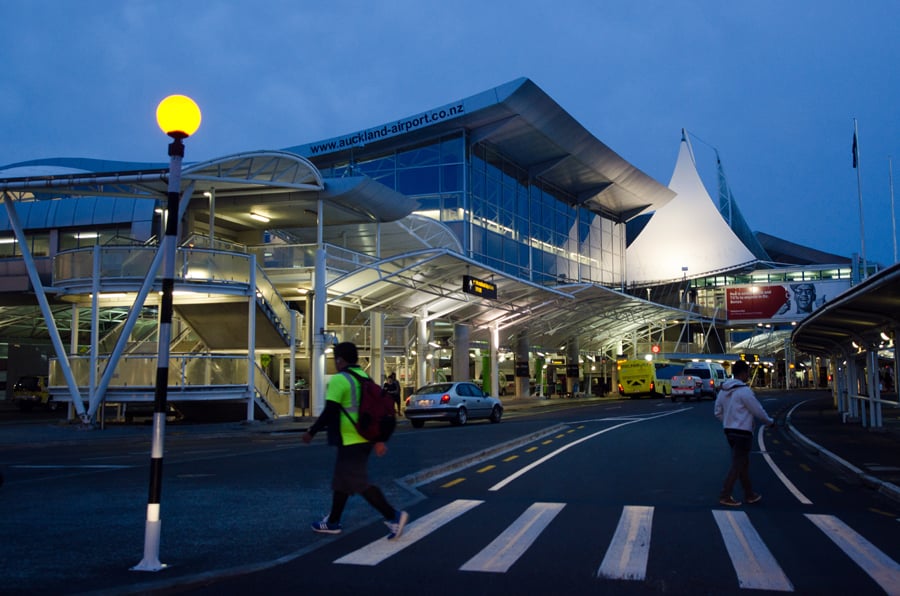
“We’ve been working with DuPont Tedlar® for almost 40 years and with them we pioneered the application of Tedlar® PVF films onto architectural fabrics,” explains Bradenburg. “We always try to encourage architects and designers to use translucent material to bring in natural light to a building and to use colored Tedlar®-covered panels to create patterns and depth to the exterior of the buildings. We ask them: ‘Why just build a boring white tent when you can design and build an architectural landmark?’”
While best-known for its use in the manufacturing of backsheets for photovoltaic solar panels, and also commonly used in aircraft interiors, Tedlar® film is highly useful in the built environment. DuPont has taken material innovations of companies like Seaman to the next level, allowing architectural designs to last virtually forever.
According to global market manager Fallyn Flaherty-Earp: “Tedlar protective film gives architects the ability to create structures that retain their original design aesthetic for years. Some of the benefits of specifying Tedlar for exterior applications are it’s easy to clean and resistant to mold, mildew, and chemicals. The UV and hydrolytic stability also protects exterior surfaces from color fading, cracking, and corrosion.” Perhaps most importantly, Tedlar® is safe and environmentally friendly, non-reactive and inert, making it a long-lasting option that keeps future generations in mind.
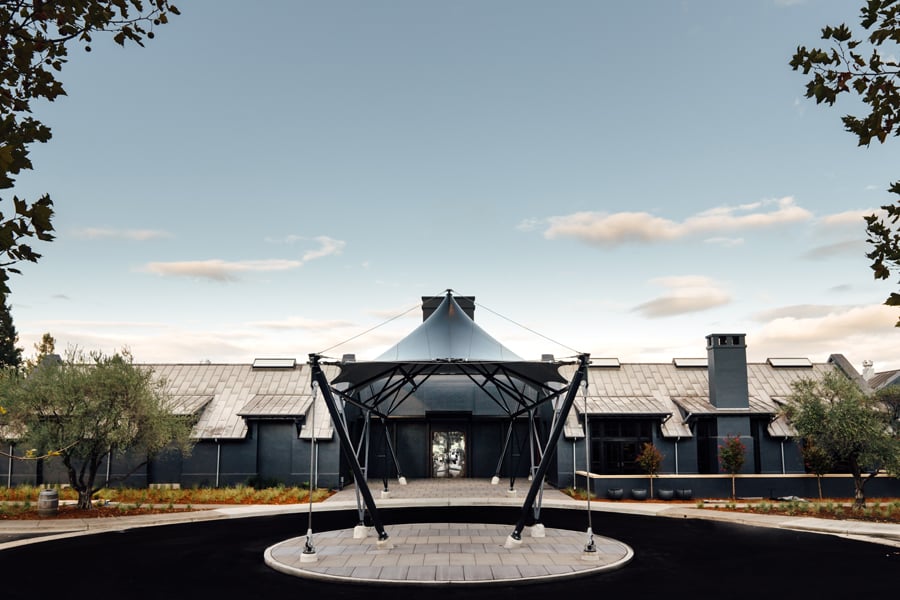
In addition to these compelling technical qualities, it is the aesthetic benefits of Tedlar® that are most likely to excite those working in the architecture sector. “The advantage of using Tedlar® is that the building looks brand new as long as it exists, and the color is uniform on every part of building,” says Naosi Suzuki, a representative of Nippon Steel, which has used the product many times, including on laminated metal coil panels at Takayanagi Station in Kashiwa, Japan.
“It doesn’t need repainting and cleaning during the building’s lifetime. That results in lowering the total building maintenance cost, but it also means that our building will remain beautiful. That gives us great reassurance and comfort.”
A company known for constant innovation; DuPont isn’t resting on its laurels with Tedlar®. The brand is also developing a new clear film specifically for architectural exteriors that will allow architects and designers even greater freedom. “Imagine being able to create any design with any material and then protect it with a clear film so that it lasts upwards of 20 years. Customer testing is already underway, and we hope to introduce it officially to the market next year. Watch this space,” says Flaherty-Earp.








